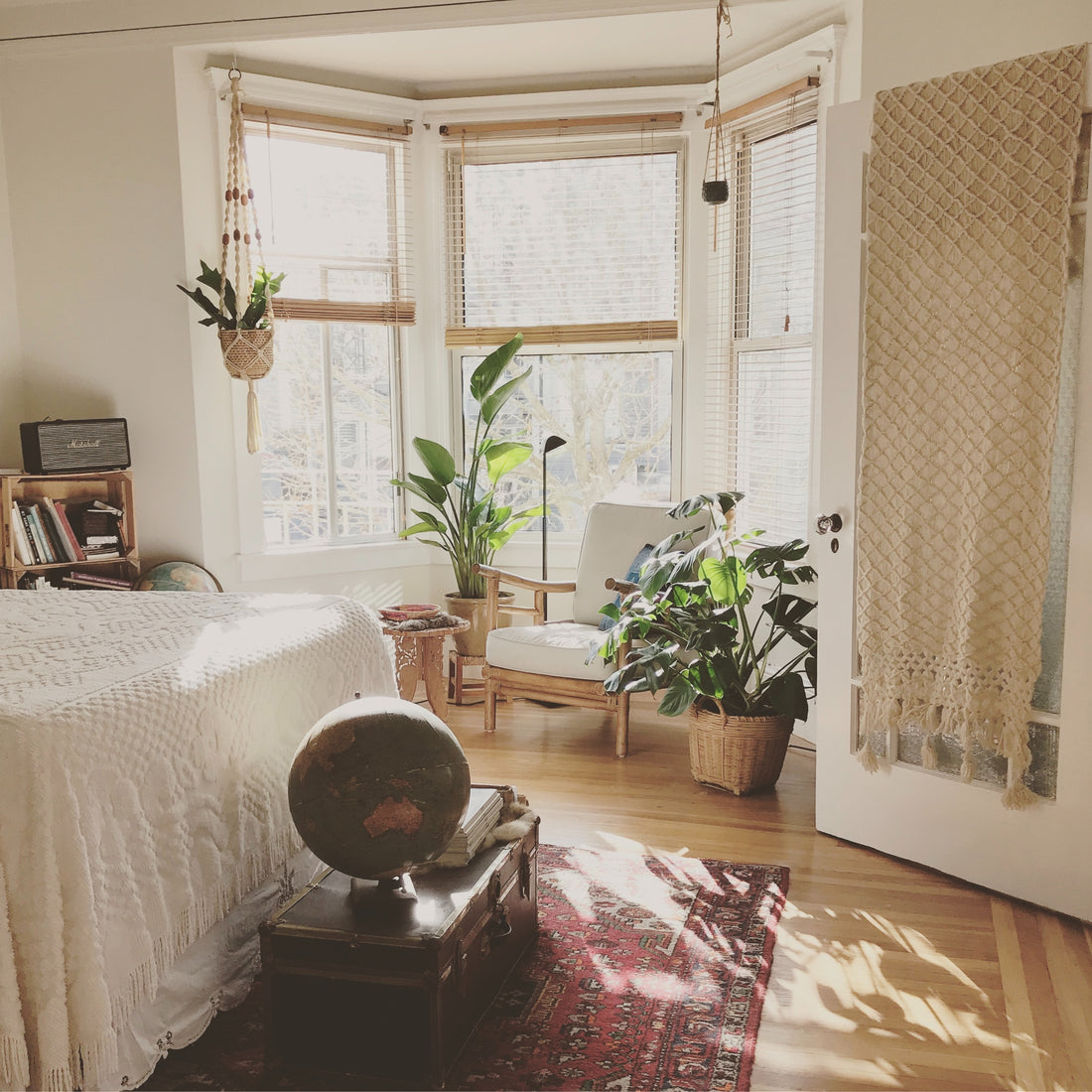
Bringing Nature Indoors: The Astonishing Benefits of House Plants
Share
In our fast-paced, modern lives, finding ways to reconnect with nature has become essential for maintaining a sense of balance and well-being. One effective way to achieve this connection is by incorporating house plants into our living spaces. The benefits of house plants extend far beyond their aesthetic appeal, encompassing aspects of physical health, mental well-being, and even environmental harmony. In this article, we delve into the remarkable advantages of welcoming these green companions into our homes.
1. Air Quality Improvement
One of the most remarkable benefits of house plants is their ability to enhance indoor air quality. Through a process known as photosynthesis, plants absorb carbon dioxide and release oxygen, thereby purifying the air we breathe. Furthermore, certain house plants, such as the snake plant, spider plant, and peace lily, have been shown to filter out toxins like formaldehyde, benzene, and trichloroethylene, which are commonly found in indoor environments due to household products and furnishings.
2. Stress Reduction and Mental Well-being
The presence of house plants can significantly contribute to stress reduction and improved mental well-being. Studies have indicated that being in close proximity to greenery can lead to lower levels of stress and anxiety. The act of caring for plants can also serve as a meditative and therapeutic practice, helping to alleviate the pressures of daily life. The soothing colors and textures of leaves can create a calming atmosphere that promotes relaxation and a sense of tranquility.
3. Increased Productivity and Creativity
Believe it or not, having house plants in your workspace or study area can actually boost productivity and enhance creative thinking. The improved air quality and reduced stress levels that plants provide can contribute to increased focus and cognitive function. In fact, research has suggested that the presence of plants in office settings can lead to up to 15% higher productivity levels. The natural elements help to create an environment that is conducive to innovative thinking and problem-solving.
4. Humidity Regulation
House plants play a pivotal role in regulating indoor humidity levels. As plants release moisture through a process called transpiration, they can increase humidity in dry environments, making the air more comfortable to breathe. This can be particularly beneficial during the colder months when indoor heating systems tend to dry out the air. Maintaining proper humidity levels can alleviate skin dryness, respiratory issues, and even reduce the risk of infections.
5. Aesthetics and Interior Design
Of course, we cannot overlook the visual appeal that house plants bring to our living spaces. From succulents adorning windowsills to cascading vines hanging from shelves, plants can enhance the aesthetics of any room. They add a touch of nature's beauty, soften architectural lines, and provide a dynamic contrast to modern furnishings. The endless variety of plant species available allows for creative expression in interior design, enabling individuals to infuse their personal style into their living environment.
In conclusion, the benefits of house plants extend far beyond mere decoration. They offer a multitude of advantages that positively impact our physical health, mental well-being, productivity, and living space aesthetics. By inviting nature indoors, we create a harmonious and nurturing environment that fosters holistic wellness. Whether you're a seasoned plant enthusiast or a newbie to the world of greenery, introducing house plants into your home is a decision that yields an array of astonishing benefits. So, go ahead and embark on your journey to a greener, healthier, and happier living space!
